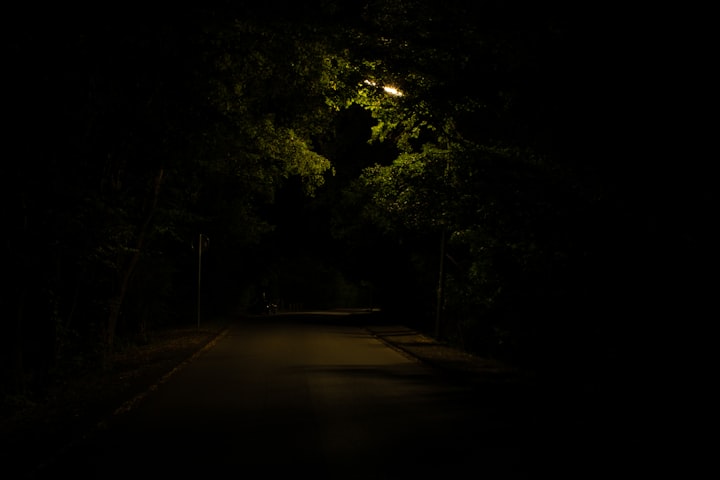"Frank James' Reign of Terror Ends with 10 Life Sentences"
Redemption and Retribution


In a courtroom brimming with emotion, the gavel fell on a chapter of unimaginable horror as Frank James, the man behind the 2022 NYC subway shooting, was handed ten consecutive life sentences on Thursday. This landmark ruling came after survivors bravely shared their stories, painting a vivid tapestry of resilience against the darkest of backdrops.
James, at 64, had already pleaded guilty to terrorism charges stemming from the April 12, 2022, mass shooting. His sentence included life imprisonment on ten counts, along with an additional ten years for discharging a firearm during the heinous act.
In gripping testimonies, survivors recounted the visceral aftermath of the attack. B.K., his voice trembling, admitted struggling to find meaning amidst the chaos, his eyes betraying a pain too deep for words. He described the agonizing moments of terror and the blood-splattered train car, as passengers desperately used their own clothes as makeshift tourniquets, a futile attempt to staunch the wounds of their fellow commuters.
L.C., haunted by post-traumatic stress, revealed thoughts of self-harm, recounting how he turned to an e-bike to evade subway journeys, only to be haunted by vestiges of that fateful day. He painted a vivid picture of his journey back to the subway, his heart pounding as he relived the horror upon encountering a stranger with a vest similar to James'.
Fitim Gjeloshi, the embodiment of grace and forgiveness, momentarily crumbled under the weight of his emotions, exemplifying the indomitable spirit of those who refuse to be broken by tragedy. He initially extended a hand of understanding towards James, stating, "I don’t blame him. He needs help." However, the weight of the trauma proved too much, and he momentarily withdrew from the courtroom, only to return, determined to witness the judge's final decree.
James, addressing the court, voiced remorse while denouncing the nation's flawed mental health system. He underscored his sole culpability for the attack, unequivocally rejecting any notion of prejudice based on race or sexual orientation. Reading from a handwritten statement, he recalled a news article about Jordan Neely, a young Black man who tragically lost his life in a subway car, highlighting a system that often fails those in desperate need of help.
Judge William Kuntz, unyielding in his conviction, labeled James' actions as nothing short of "pure evil," dismissing any attempt to rationalize the irrational. He reminded the court that what transpired on that fateful day was a deliberate act of malevolence, one that demanded the harshest of penalties.
Prosecutors painted a chilling portrait of James as a meticulous planner, seeking to inflict unparalleled devastation. The defense countered with a plea for leniency, painting a portrait of a man haunted by mental demons and insisting that death was never his intention. Mia Eisner-Grynberg, James' attorney, suggested that while he may have initially planned to kill people, he changed his mind in the heat of the moment, a testament to the complexity of mental illness and its impact on decision-making.
Cloaked in a construction worker's guise, James launched his assault with calculated precision. Caught between stations, victims were denied even a glimmer of escape. Smoke bombs detonated, and gunfire echoed through the subway car, leaving a trail of wounded souls, aged 16 to 60. The echoes of those harrowing moments continue to reverberate through the survivors' lives, an ever-present reminder of the fragility of human existence.
In the aftermath, as first responders rushed to the victims' aid, James vanished into the city's labyrinth. A relentless manhunt ensued, ultimately culminating in his apprehension in the heart of Manhattan. The collective exhale of a city on edge was palpable, as New Yorkers grappled with the reality of the unthinkable.
The seismic impact of the attack reverberated through New York City, catalyzing a wave of heightened security measures within the transit system. It was a stark reminder of the vulnerability that underlies the routines of urban life, a reminder that safety is a collective responsibility.
In the lead-up to the tragedy, James, an African American, took to the internet under the moniker "Prophet of Doom," an ominous harbinger of the horrors yet to come. His posts were a chilling mosaic of racial animus, mental health struggles, and a pervasive sense of impending doom. They were the fragments of a tortured mind, a mind that would eventually shatter the lives of innocent commuters.
James' admission of guilt earlier in the year hinted at a different intent: to maim, not to kill. His attorney painted a portrait of a tormented soul, scarred by an abusive Bronx childhood, and tormented by the shadows of alcoholism and paranoid schizophrenia. It was a life marked by systemic failures, a narrative that intersected tragically with the lives of his victims.
Prosecutors, however, saw a different narrative, one of calculated malevolence. The trajectory of the bullets, they argued, revealed an intent to maximize casualties, only halted by a fateful gun jam. It was a reminder that within the chaos of that subway car, there was a methodical precision that defied comprehension.
This case serves as a stark reminder of the dire consequences that can stem from untreated mental health struggles, sparking a poignant conversation about the systemic support required for those who need it most. The survivors' resilience stands as a testament to the triumph of the human spirit over darkness, a testament to the power of unity in the face of unspeakable tragedy.
In the end, there is no true resolution, no undoing the horrors that transpired. But within the wreckage, there is a glimmer of hope, a reminder that even in the darkest of moments, the human spirit can find its way to the light. It is a testament to the indomitable will of survivors, a beacon of strength in the face of unimaginable adversity.
As New York City moves forward, scars still fresh, there is a collective determination to honor the memory of the victims, to ensure that their lives were not lost in vain. It is a commitment to a safer, more compassionate city, one that stands resilient in the face of adversity. And in this, the survivors stand united, a living testament to the power of the human spirit to endure, to heal, and ultimately, to thrive.
About the Creator
Nickiesha's Way
An Jamaican young woman, devoted mother and cherished wife. I enjoy writing, sharing tips and news.






Comments
There are no comments for this story
Be the first to respond and start the conversation.